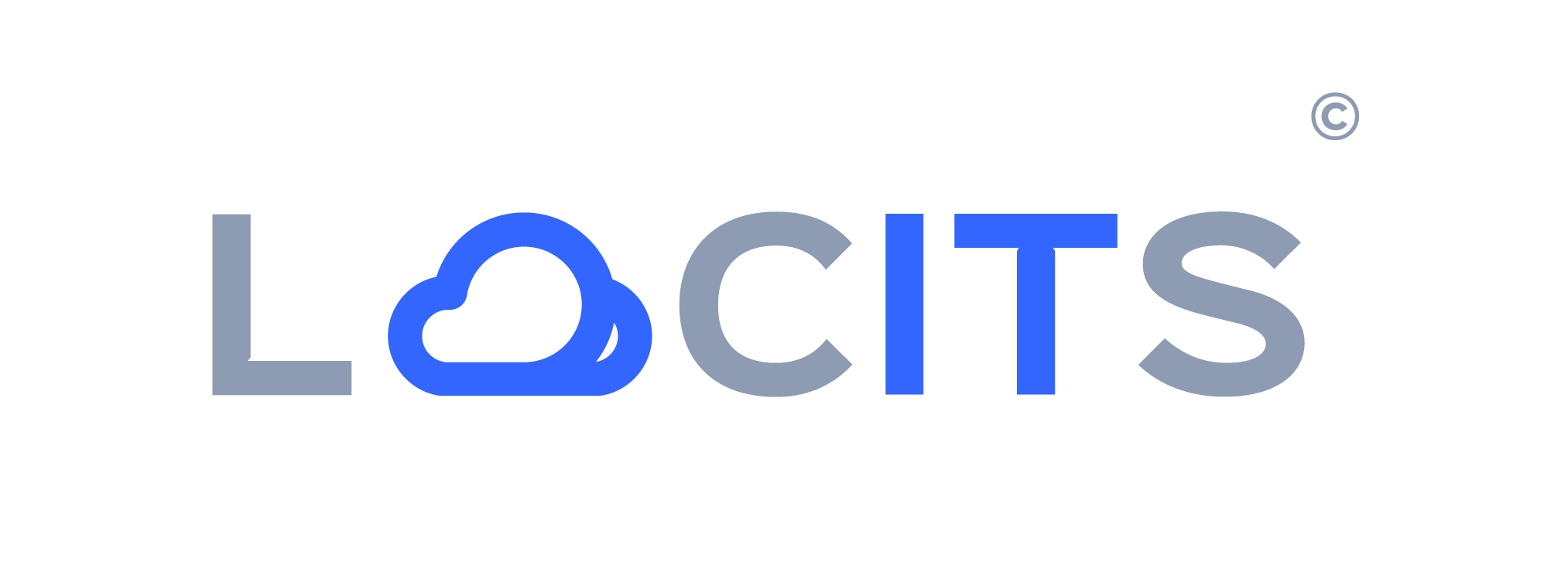What does ‘enabling a team to work remotely’ involve?
I’m not going to mention the c-word, nor am I going to mention ‘normal’ of any kind…Promise.
At one time, home or remote working was seen as an unnecessary risk for heads of IT. Fraught with danger as it conjured up dark thoughts of unknown devices, connectivity and locations. Any of which could compromise the integrity of an organisation’s infrastructure. Bring your own device, despite it sounding welcoming, was anything but for those responsible for managing IT architecture…people like me!
However, the great thing about technology – and the use of it by clever humans – means whenever there is a potential risk, then there is likely to be response or fix in production.
Now that working from a remote location has been embraced by nearly all organisations, here are some interesting ways in which it can be managed for specific roles.
Designing for specific roles
Many people can take advantage of the tools available to be able to work from home in the information age. Clearly there are benefits to be had for employees and businesses alike. But what about other roles that require a closer working relationship? They need specific set ups to enable them to work remotely too.
Frontline staff
When faced with a state of flux, in terms of information updates, the Microsoft suite comes into its own with SharePoint and Teams. These two applications allow organisations to disseminate any policy and procedure changes. This includes real time updates on customer, staff, or global changes.
The real benefit for those less familiar with working from home is the use of Teams to run daily meetings which keep people connected. Its vitally important to allow employees to participate in Q&As sessions which allows organisations to keep organised by ensuring everyone hears the same message at the same time.
Come to think of it, it’s probably a massive improvement for most businesses in terms of collaborative communication.
Call centre and help desk staff
To remain productive these users will need access to key software and diagnostic tools. Fortunately, most of these are available with the Microsoft suite or are html based. Protected by encrypted password and two-factor authentication, these tools can be accessed quickly on any device.
This enables rapid deployment for remote working whilst the IT team can work on longer term hardware solutions for those who are predicted to work remotely for an extended period. The protection of sensitive data and customer information is a primary concern. Microsoft use a range of additional services to protect their staff and systems using three authentication methods: certificate-backed virtual and physical smart cards, Windows Hello for Business (with PIN or biometric sign-in), and Azure Multi-factor Authentication.
General user identity and access
For all users managing identities it’s critical part of the process. Because of a variance in IT architecture most businesses operate hybrid environment. This helps retain and expand existing systems when using a cloud-based control panel which enables people to work productively and securely from wherever they are and on any device. Whether they are an employee, partner, or supplier, every user who needs to access the corporate network they will need some form of account synced to an Active Directory (AD).
There are of course an unlimited number of bespoke requirements required for each individual business. At LOCITS we are here to help you shape a plan and can help you form a strategy which works for your business according to your unique requirements. Contact us for more information.
Next time we will look at mobile device management and what it can do for your remote workers.


Recent Comments